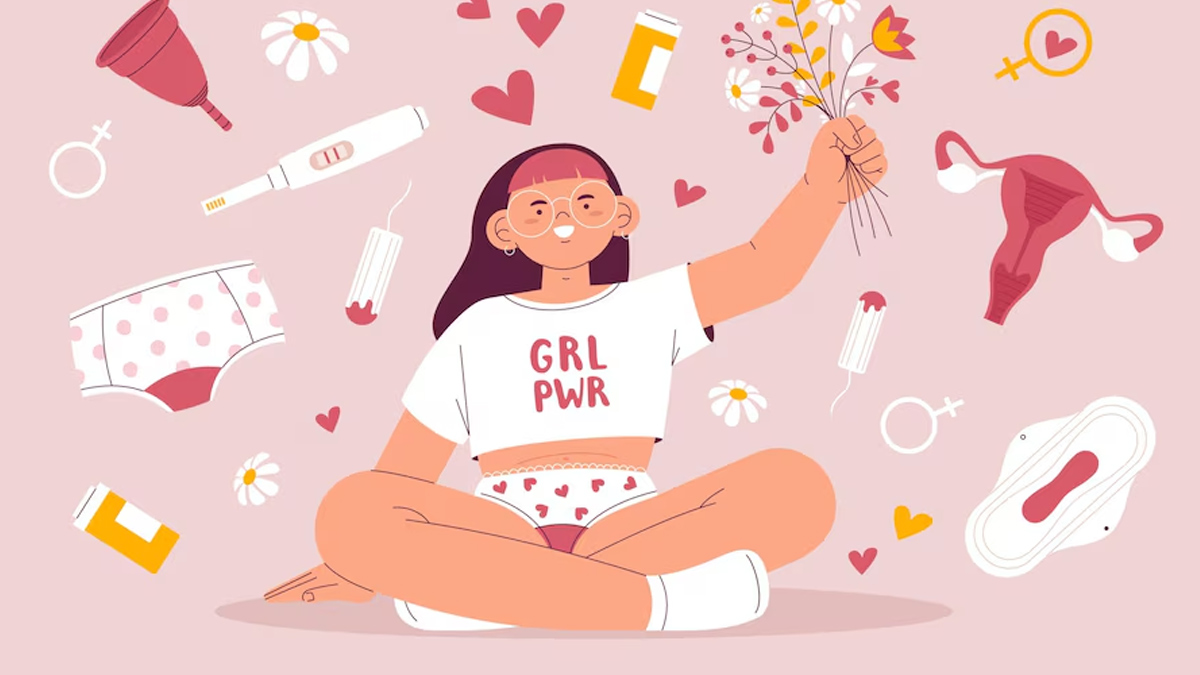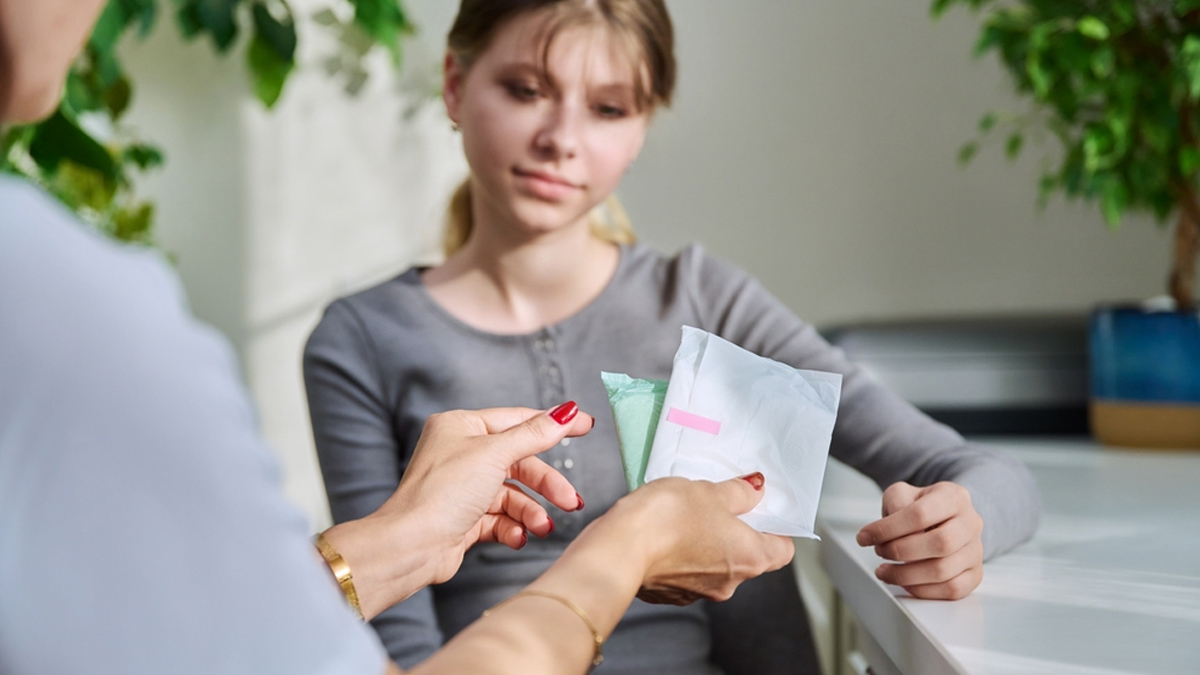
Menstruation is a part of the female reproductive system, characterised by vaginal bleeding that occurs once every month. Most females get their first period around the age of 12, which is also the time when you’ve already hit puberty. During this time, various bodily transformations can overwhelm young teenagers and make it difficult for them to cope with the changes. In fact, the experience can be daunting, given the sight of blood and the embarrassment that may come with the stain. It is then the responsibility of the parents to calm them down and guide their children through the process. While doing so, here are seven things you can teach them about menstruation.
Table of Content:-
Also Read: How Menstrual Symptoms Change In Your 20s, 30s, And 40s
Period Is Normal

Did you know that about 1.8 billion people across the world menstruate every month? According to the United Nations Children's Fund (UNICEF), millions of these girls, women, transgender men, and non-binary persons are unable to manage their menstrual cycle in a dignified, healthy way. This is mainly due to the "stigma, harassment, and social exclusion during menstruation."
Therefore, it is important that parents, from an early age, or even before their daughters’ first period, let them know that menstruation is a natural process that only indicates a healthy reproductive system. It is crucial that they’re made aware of how normal the process is and how manageable the symptoms are. Having a period talk early is therefore crucial, not just because it helps educate daughters about menstruation but also because it helps normalise it.
What Bodily Changes To Expect

Also known as menarche, the first period can come with several changes in the body. For instance, breast development is a common sign. There may also be some emotional changes due to hormonal shifts, and some people may also experience cramps or feel bloated in the days leading up to the period.
Let your child also know that it's completely normal to see vaginal discharge, which is your body's way of keeping things clean and balanced down there. Inform them that having irregular periods at first is also normal, as it can take a few cycles for the body to settle into a regular pattern.
All About The Menstrual Cycle
According to the Office on Women's Health, a menstrual cycle begins with the first day of the period and starts over again when the next period begins. While it can vary from person to person, a normal cycle usually occurs between 24 and 38 days and lasts 2–7 days. However, for girls who have just had their first period, the cycle can be irregular.
Explain PMS

Premenstrual Syndrome (PMS) refers to a group of symptoms that many women experience about a week or two before their period.
Common symptoms include:
- Bloating
- Headaches
- Moodiness
Parents should note that PMS tends to occur mostly in women in their late 20s to early 40s. Therefore, girls who have just started menstruating may not experience these symptoms yet.
Why Menstrual Hygiene Is Important

Menstrual health and hygiene are extremely crucial, as they can impact health and also take a toll on a woman's self-esteem and mental health.
According to World Bank data, poor menstrual hygiene can pose serious health risks ranging from reproductive and urinary tract infections to infections such as hepatitis B and thrush.
UNICEF also highlights how inaccessibility to menstrual health and hygiene products also restricts women's mobility and personal choices, while also affecting attendance at school and participation in community life. Not to mention the stress and anxiety that come with managing period symptoms.
Also Read: How Does Limited Access To Menstrual Hygiene Affect Health Of Rural Women? Know Health Risks
Period Products

As your child embarks on their menstrual journey, ensure that you educate them about their choices. There are a variety of menstrual hygiene products, and it is crucial to make each one of them accessible to your child. Some of the common ones include:
Pads: These are disposable or reusable cloths with an absorbent core that you wear in your underwear. They simply stick on with an adhesive backing and need to be changed regularly throughout your period.
Tampons: These are soft and cylindrical in shape, inserted directly into the vagina to collect menstrual flow. They are required to be removed and replaced every few hours.
Menstrual cups: These are reusable cups inserted into the vagina to collect, not absorb, menstrual blood. They can be worn for longer stretches than pads or tampons and need to be emptied and rinsed periodically.
According to a study published in Osong Public Health and Research Perspectives, the most common types of menstrual hygiene products used across all age groups were disposable menstrual pads, followed by cloth menstrual pads, tampons, and menstrual cups. While 89% of the participants used disposable sanitary pads, only 1.6% used a menstrual cup.
Also watch this video
How we keep this article up to date:
We work with experts and keep a close eye on the latest in health and wellness. Whenever there is a new research or helpful information, we update our articles with accurate and useful advice.
Current Version